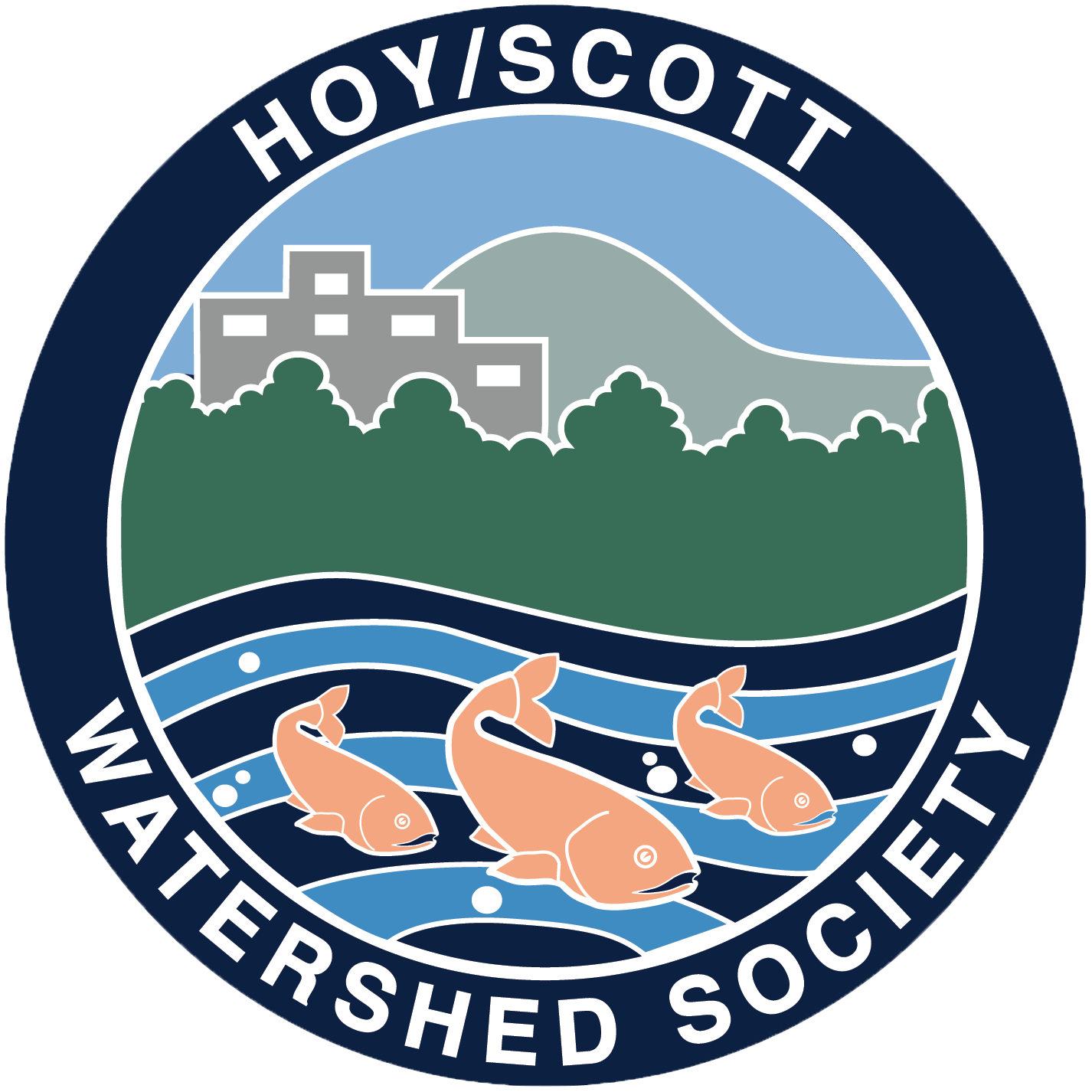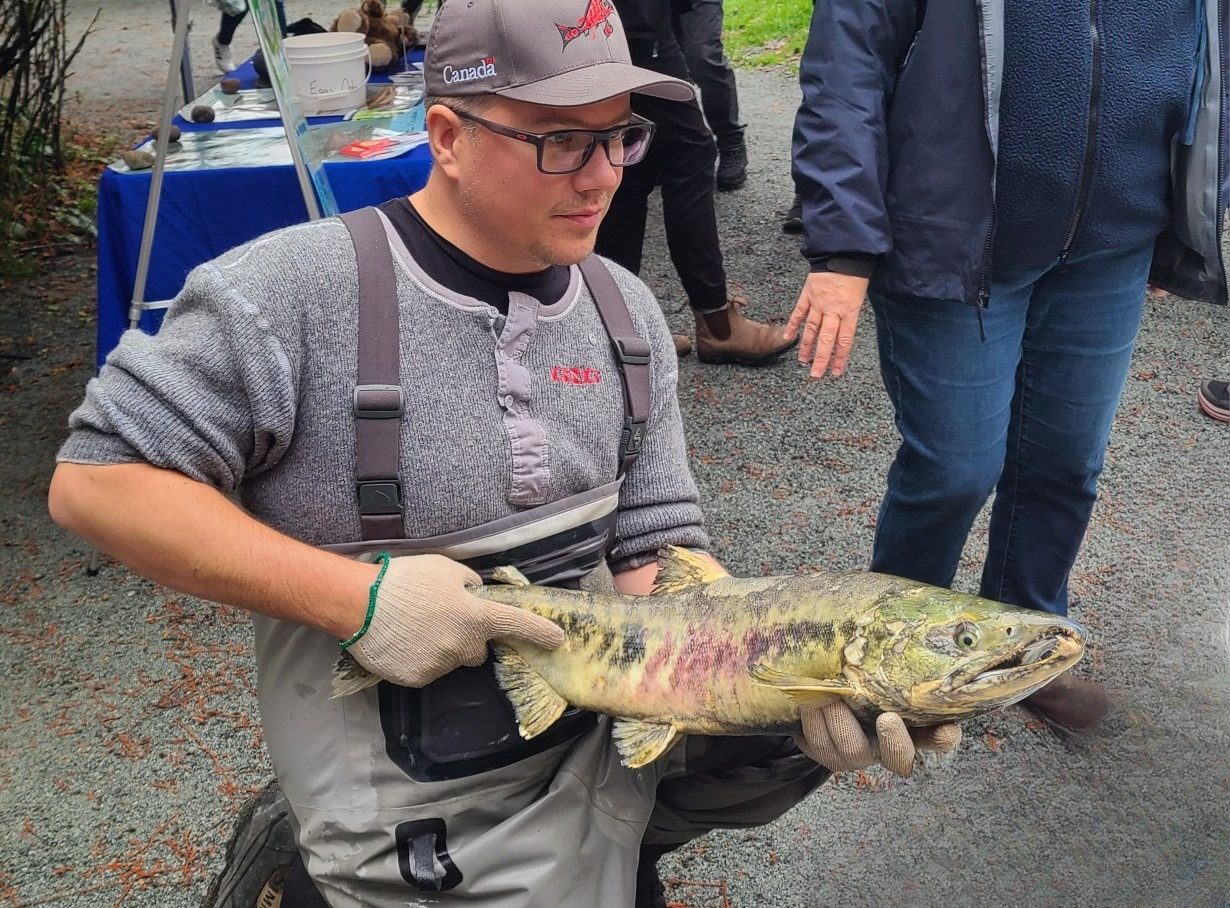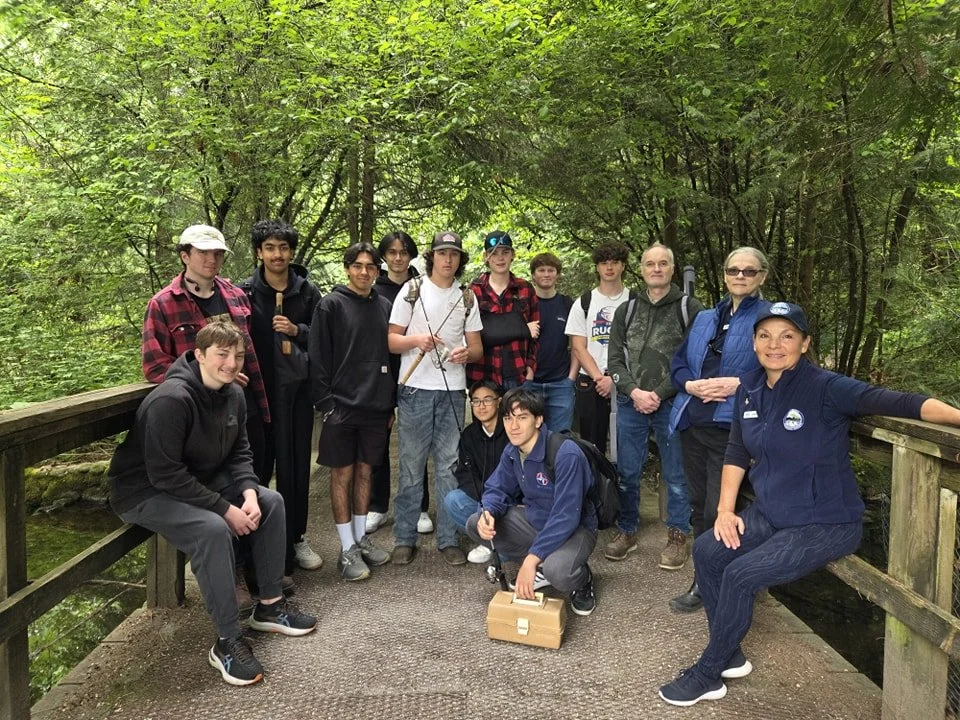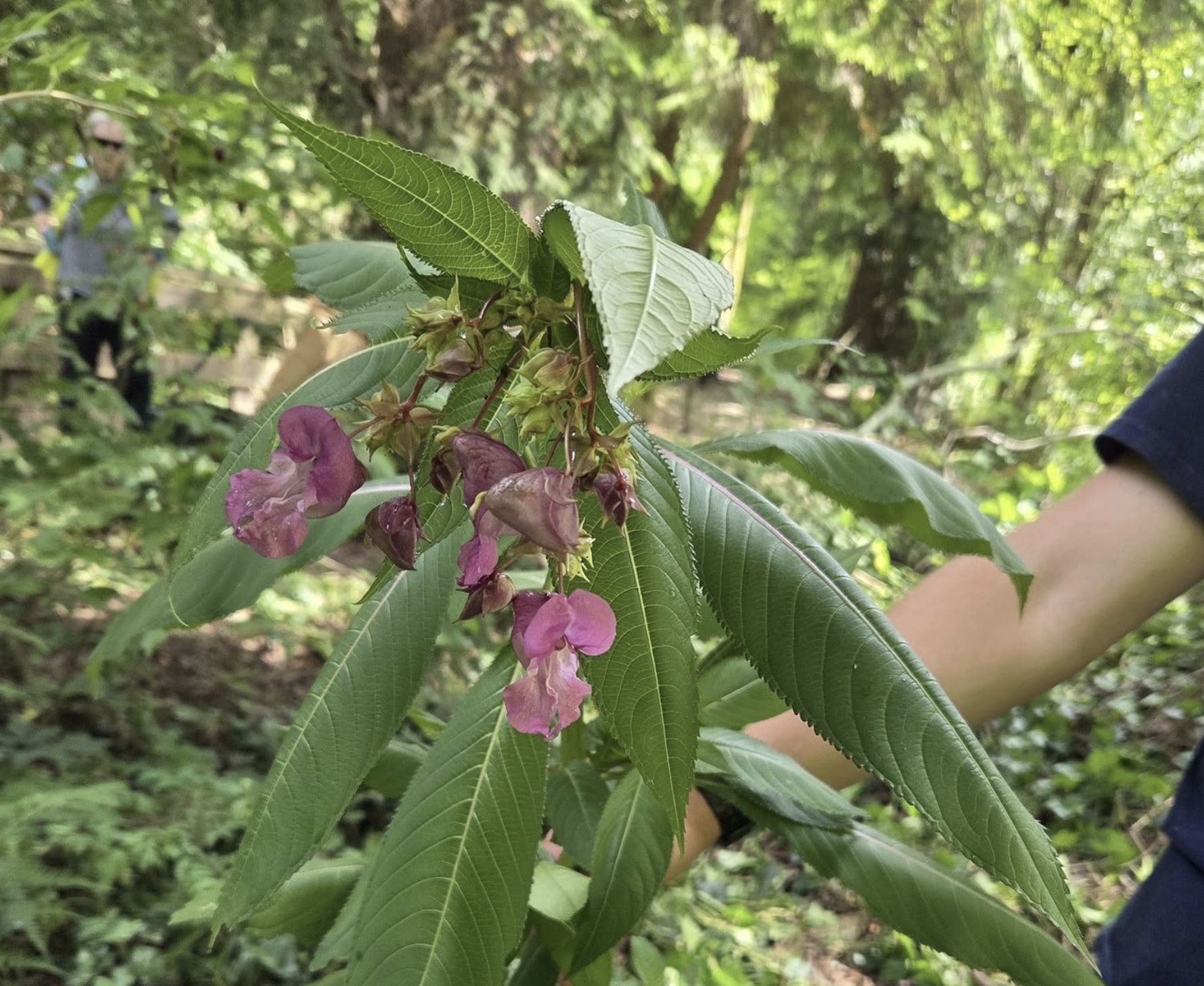Matt came back from college in November for short visit to help with broodstock collection!
Celebrating the people who keep our watershed thriving
Volunteers are at the heart of everything we do at the Hoy/Scott Watershed Society. From monitoring returning salmon to caring for our hatchery, maintaining trails, leading tours, and supporting community events — our work simply wouldn’t be possible without the dedication of people who give their time, energy, and passion to local stewardship.
To honour these contributions, we’re excited to launch a new Volunteer of the Month initiative. Each month, we’ll shine a spotlight on one outstanding member of our volunteer community, sharing their story and recognizing the meaningful impact they have on our watershed.
It’s our way of saying thank you — and of showing how individual actions can strengthen an entire ecosystem.
And now, we’re thrilled to introduce our very first recipient.
🌟 Volunteer of the Month: Matthew Watts
Matthew began volunteering with us in 2021 as a Grade 12 student eager to gain hands-on experience in fisheries. From the beginning, his curiosity and enthusiasm stood out. He quickly immersed himself in hatchery operations, learning about the salmon life cycle, improving his technical skills, and becoming a reliable member of our team.
When Matthew turned 18, he took his commitment even further by joining our Board of Directors, where he continues to contribute his insight, leadership, and enthusiasm for educating the next generation of salmon stewards.
His passion for stewardship didn’t stop at the creek. Inspired by his time at Hoy, Matthew pursued post-secondary studies in the Fish and Wildlife Program at Selkirk College, further expanding his knowledge and field experience. That dedication helped him secure a summer position with Fisheries and Oceans Canada in the North Fraser Region — a milestone he still speaks about with pride.
Matthew’s journey shows how volunteering can open doors, build skills, and inspire lifelong stewardship. We are incredibly grateful for everything he brings to our watershed community.
Follow Along & Stay Connected
We’ll be highlighting a new volunteer each month — and you won’t want to miss these inspiring stories.
Follow us on social media and stay connected with everything happening at Hoy Creek.
Thank you, Matthew, and thank you to all our volunteers who protect and care for the Hoy/Scott watershed. Together, we make a difference.
Matt home during the summer of 2025 and involved with invasive species removal on Hoy Trail.









